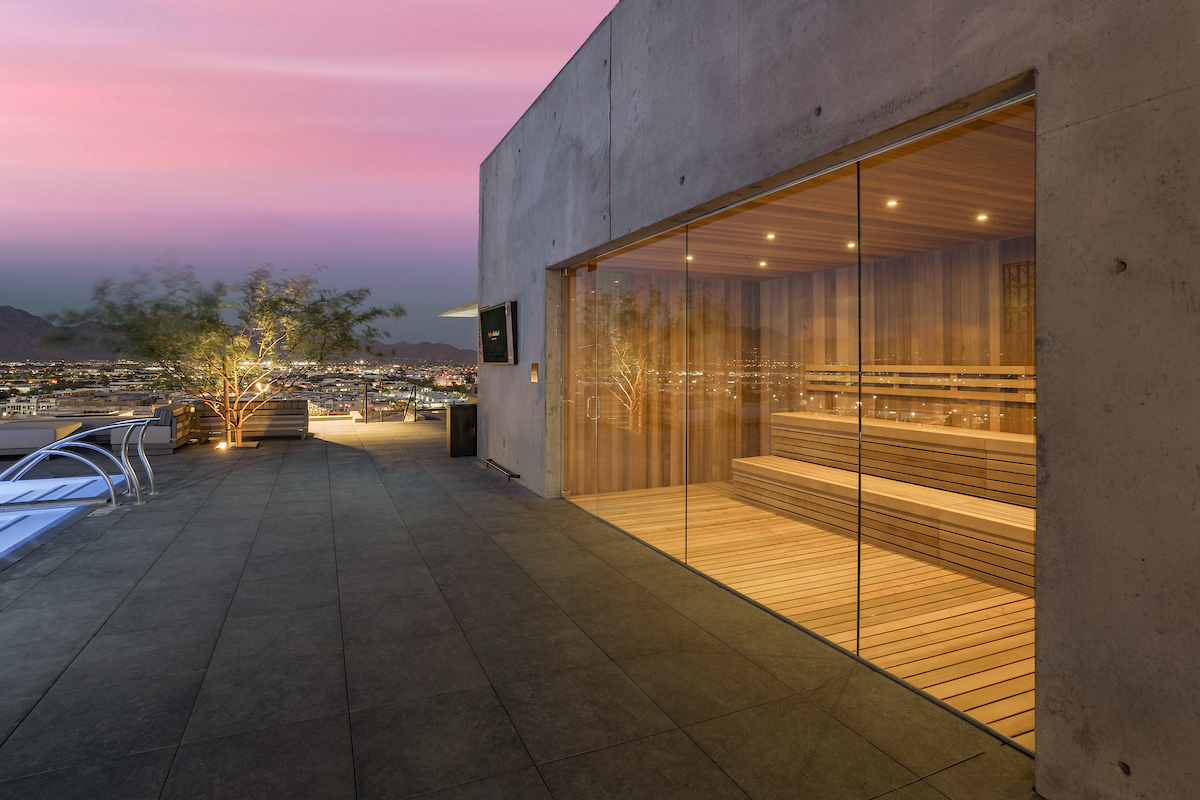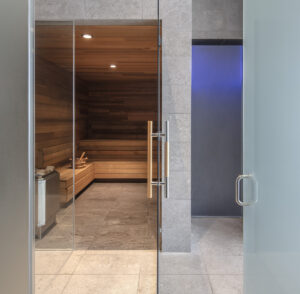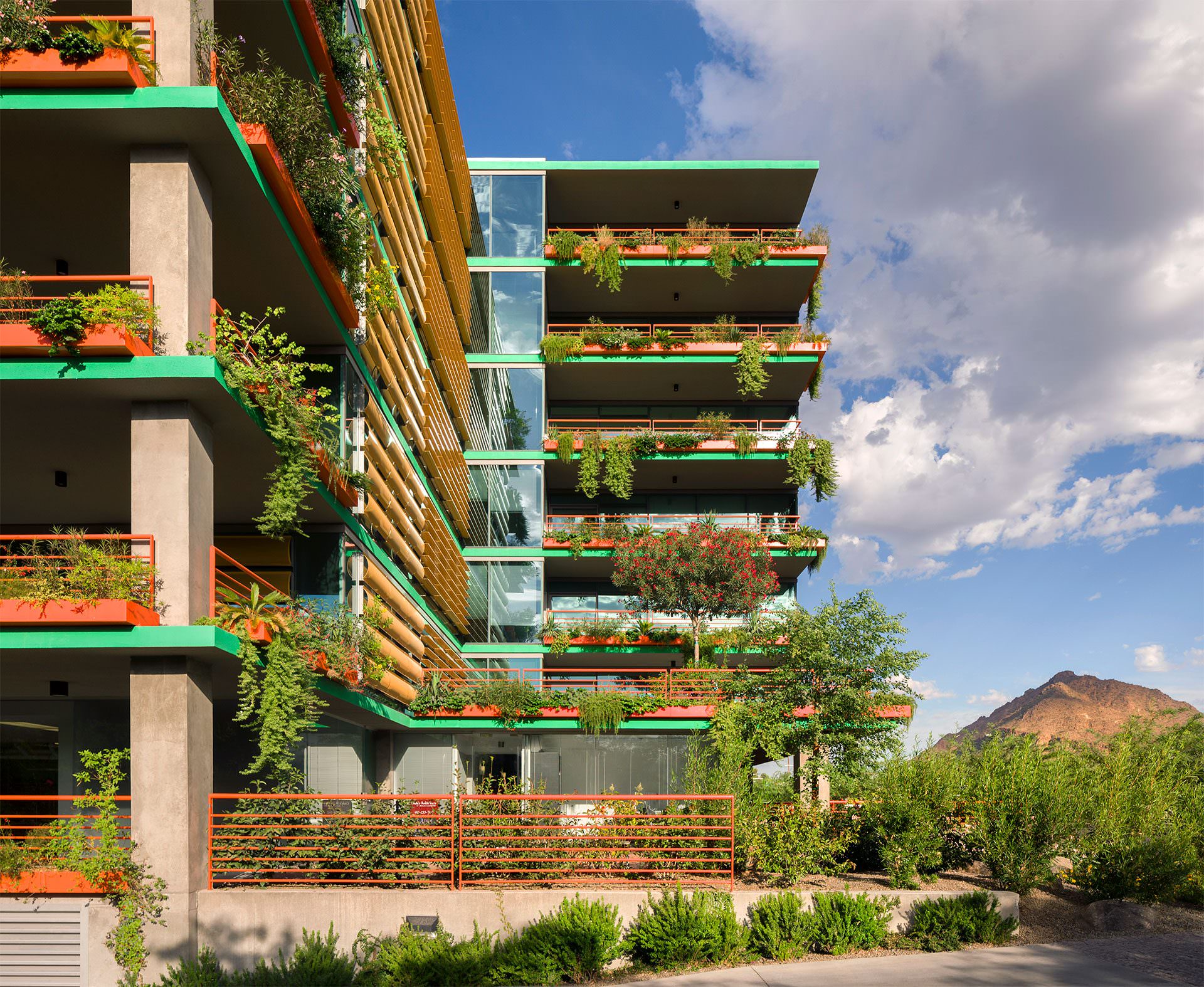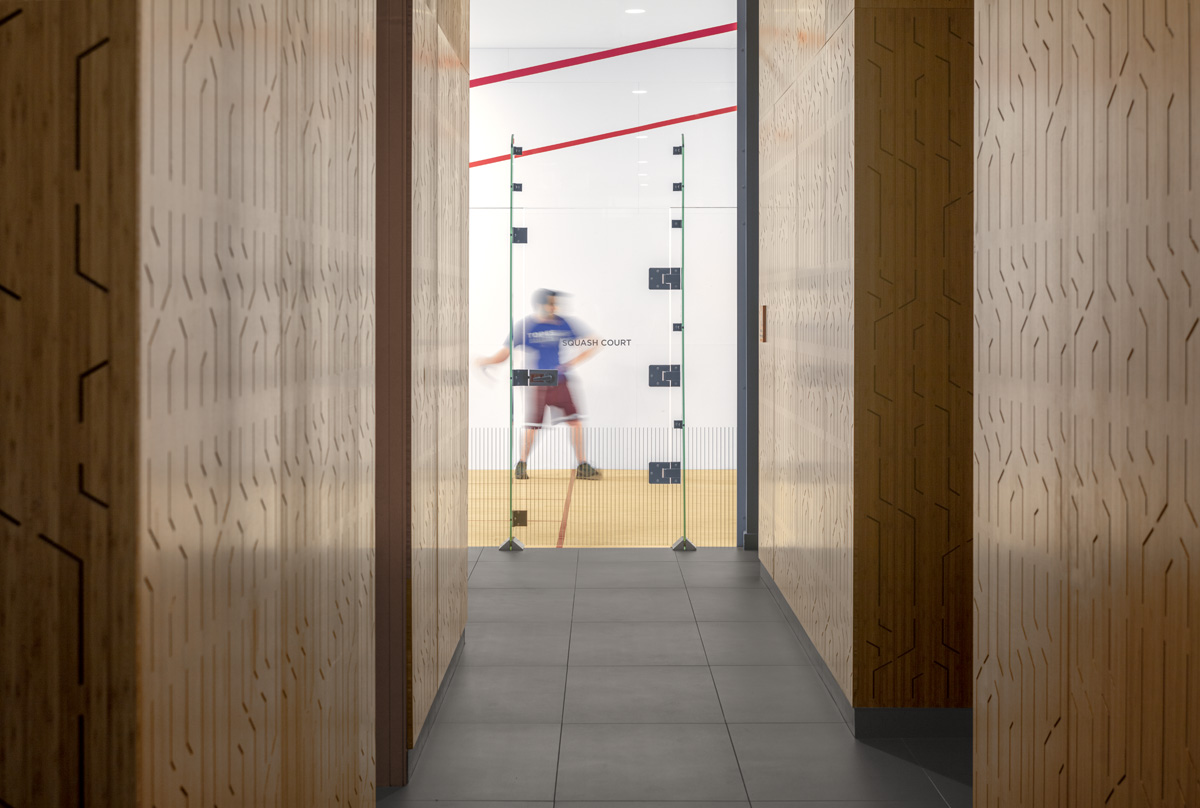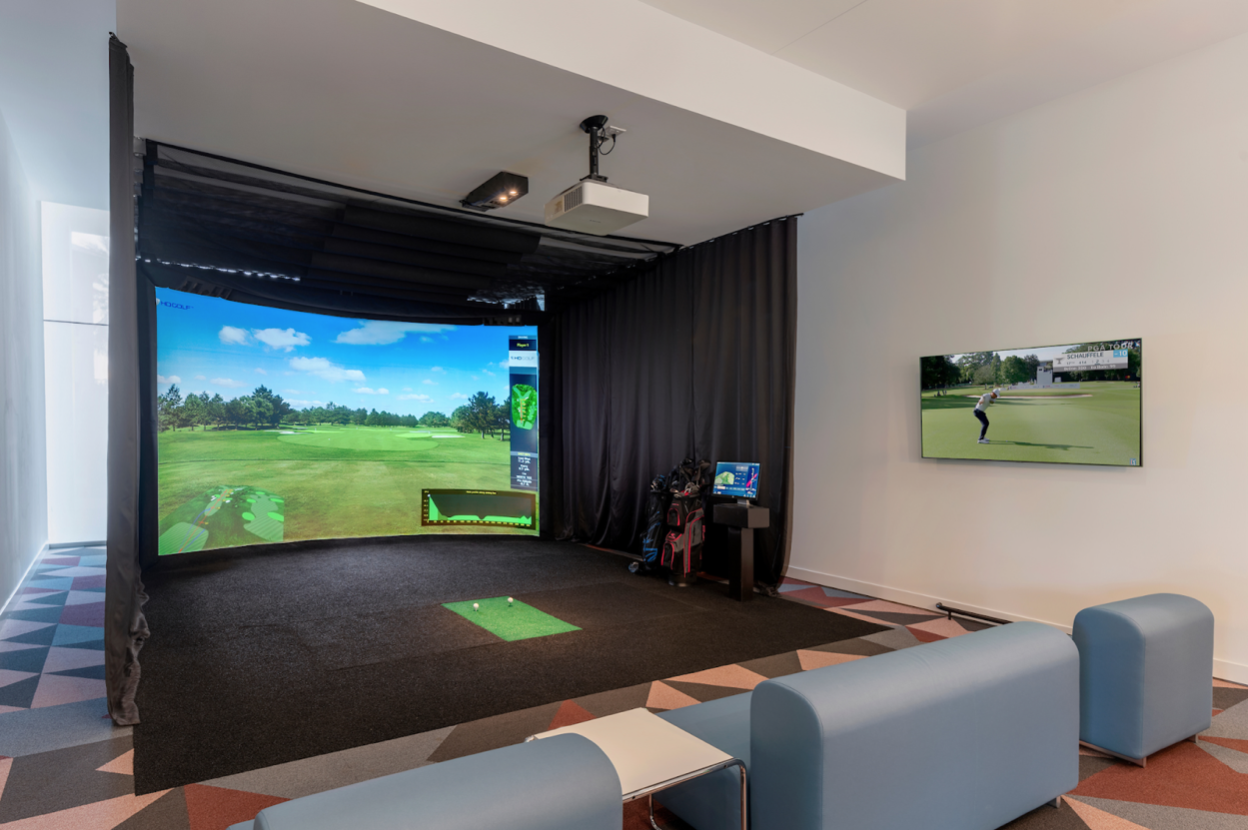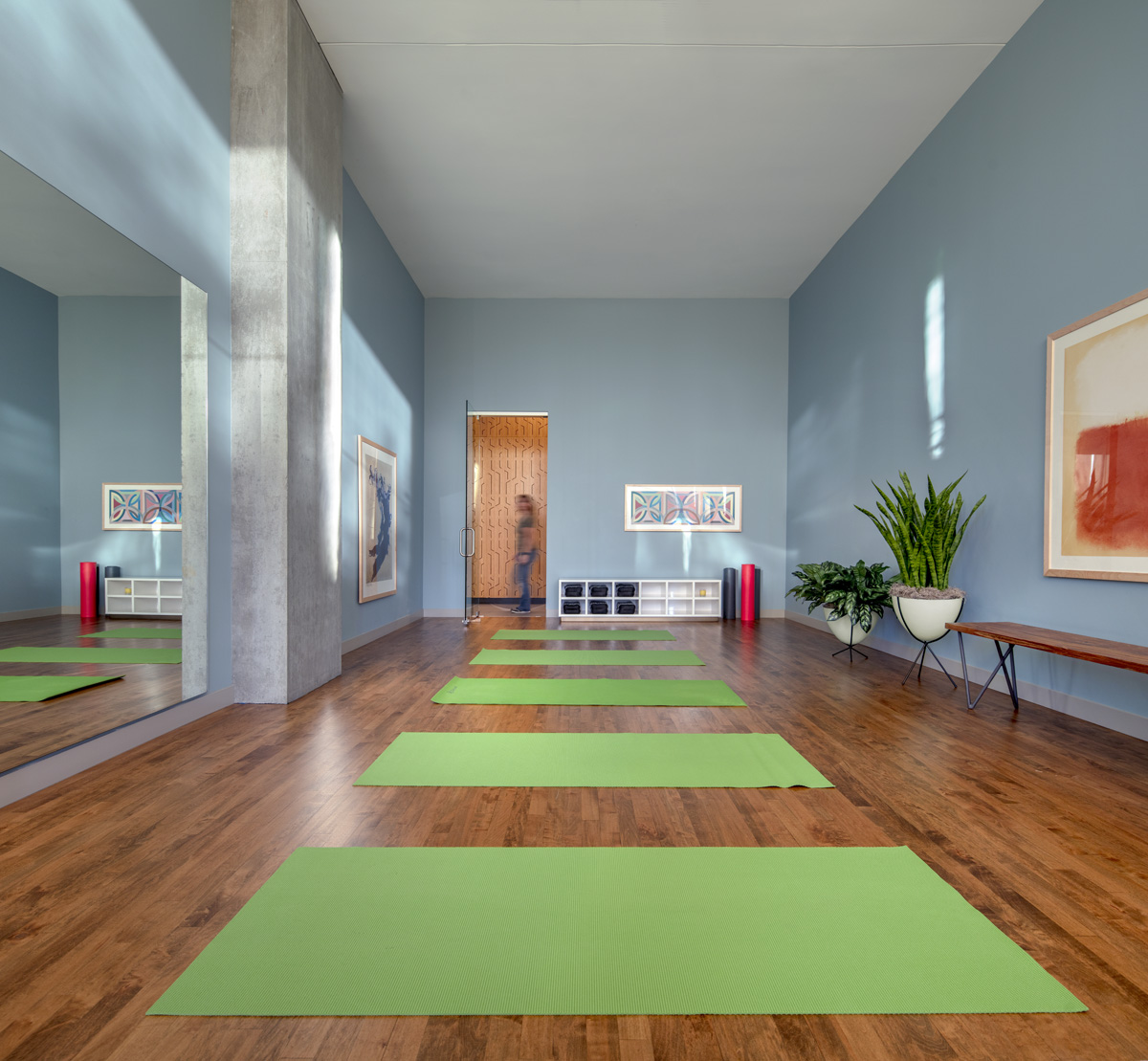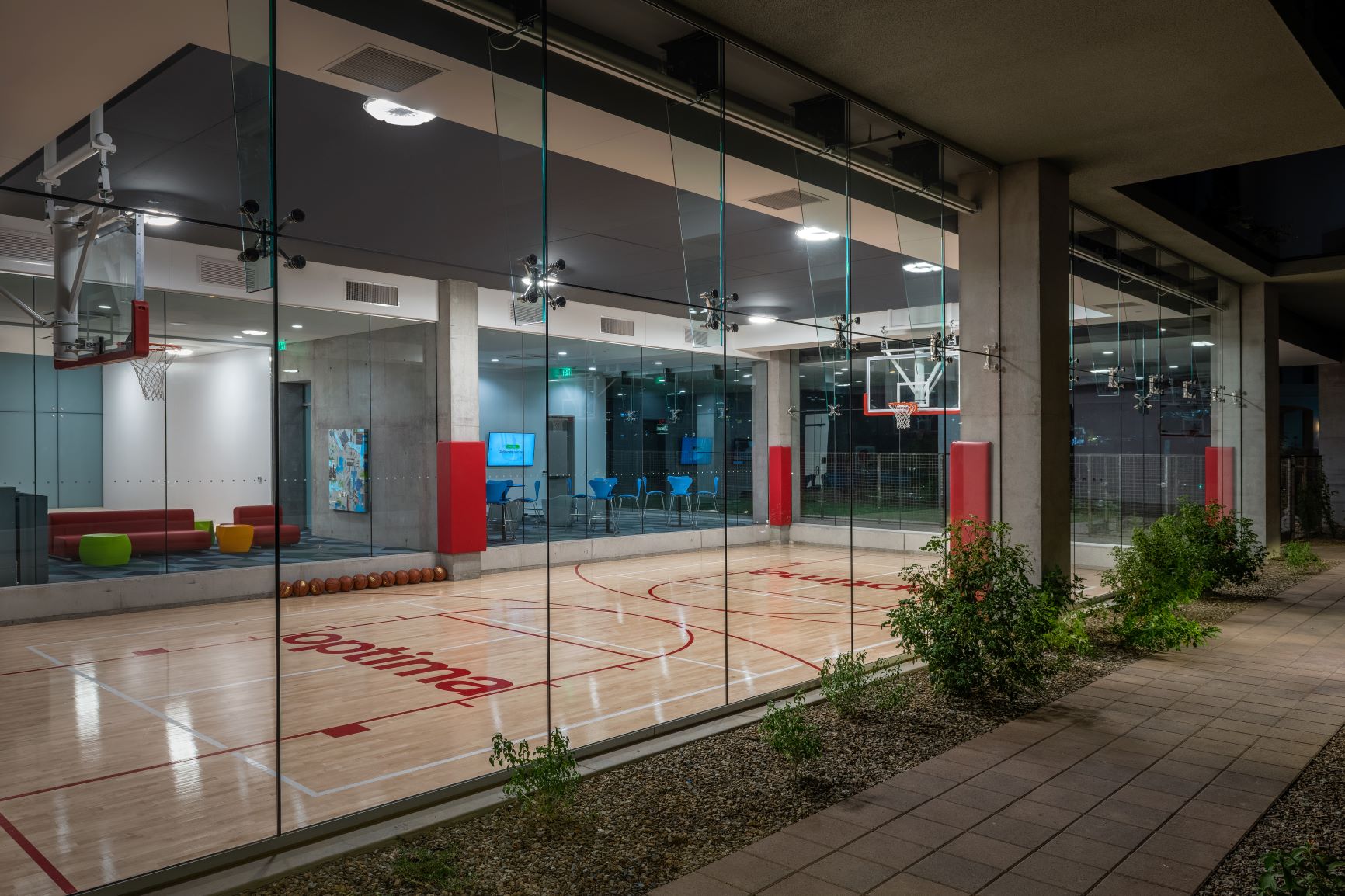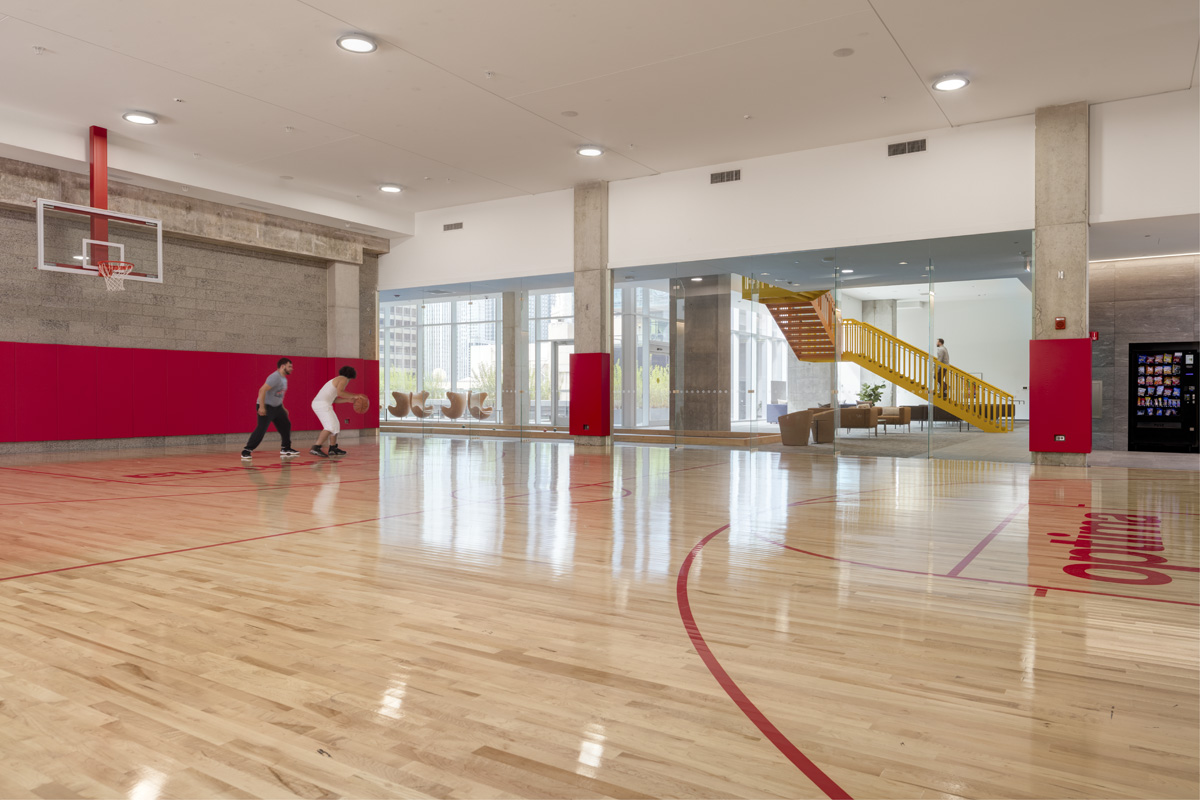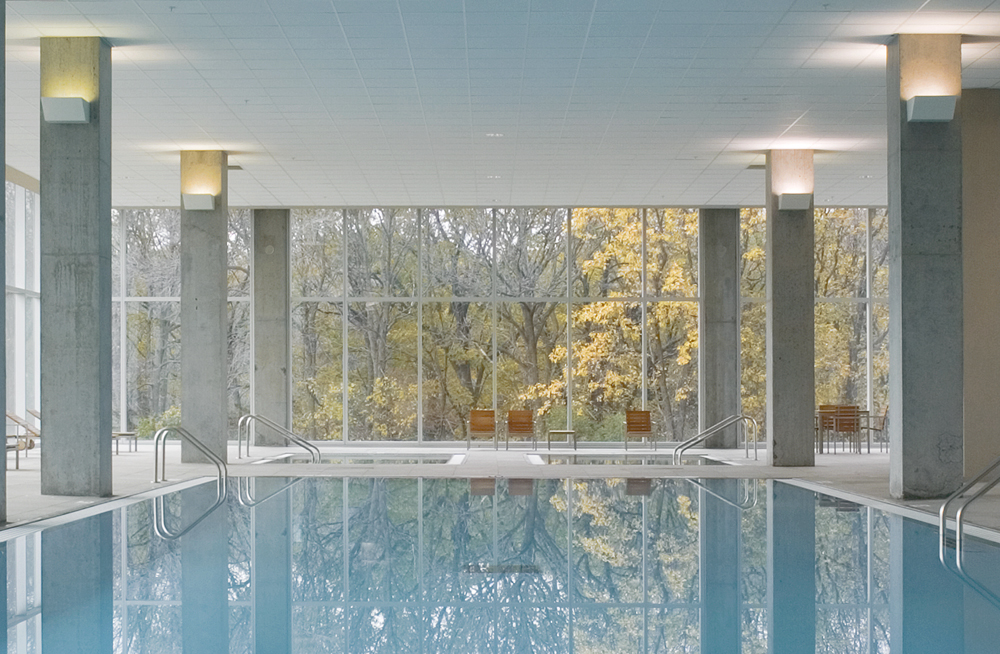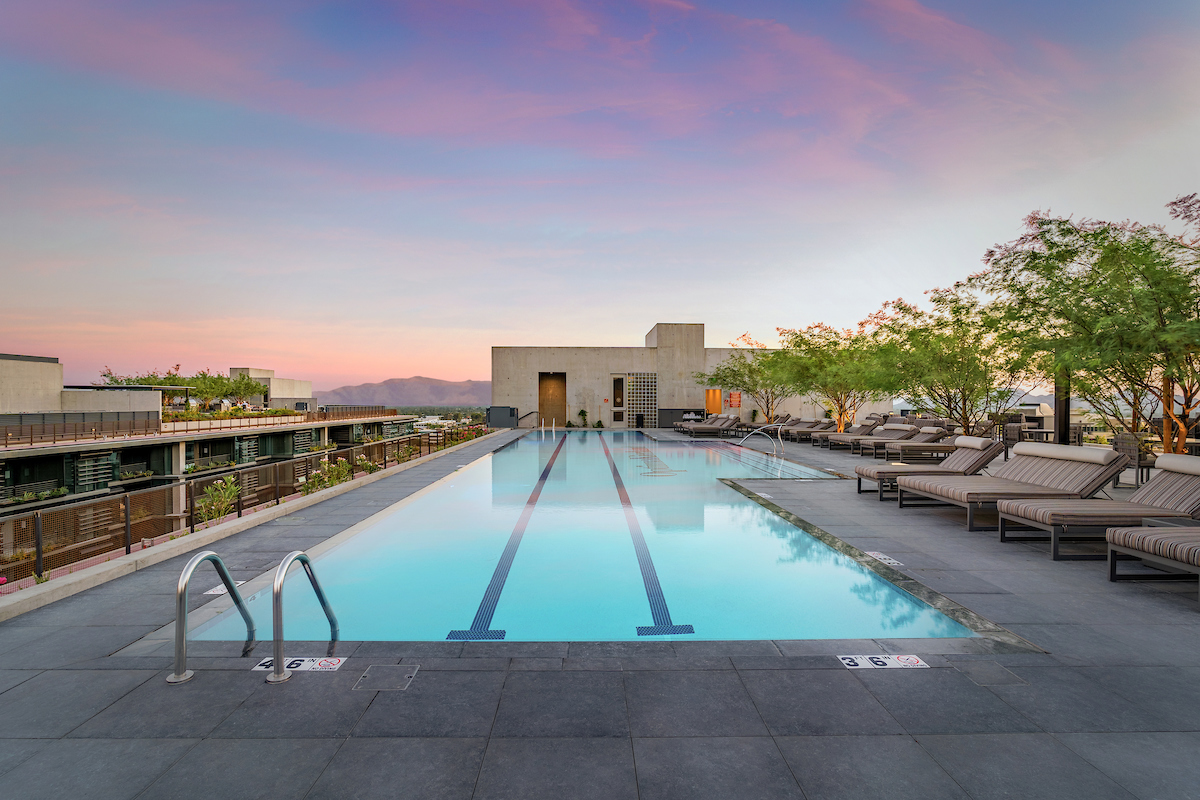While Chicago’s seasons are distinctly wonderful, we do miss our outdoor gardens, parks and greenspaces in the winter months. One antidote to winter’s edge is to bring gardening indoors, especially in the light-filled apartments at Optima Signature, which provide beautiful spaces for plants to flourish year-round. There are countless benefits to indoor gardening — brightening a room, improving mental health, cleaning and freshening the air around you — to name a few. And if you haven’t yet discovered your green thumb, here are some easy-to-find houseplants that will flourish inside, and allow you to remain surrounded by greenery year-round.
Pothos
A trailing vine that can fit in a small pot, Pothos has the nickname “devils ivy” for a reason, essentially because they live ceaselessly. Pothos is the perfect plant for the beginner gardener or the urban dweller, as the sunlight it prefers can either be bright and lower level. Pothos also can handle over and under-watering and its vibrant green leaves look lovely spilling out from its pot.
Phalaenopsis Orchid
Orchids are elegant flowers but need slightly more attention and effort than most plants. For those hoping to try their indoor gardening on the flower, the Phalaenopsis Orchid, native to tropical Asian climates, prefers to sit in east or south windows. Though it does need a humid environment, the beautiful show blooms are considerably forgiving when it comes to caring. This flower only needs to be watered every week or week and a half and is a bright addition to any indoor garden with brilliant shades ranging from reds to purples and violets.
Snake Plant
A favorite among novice indoor gardeners, snake plants thrive in home environments with plenty of bright light and are adaptable to watering. Snake plants have striking, sword-shaped green leaves that shoot upwards with a lighter green outline. They range from small to mid-sized and are easy to repot when they outgrow their original home.
Lucky Bamboo
Lucky Bamboo is the sort of plant that can thrive in any welcoming condition that it lives in. The plant prefers to sit in bright natural light and favors filtered water about once a week. They are also believed to bring good luck and enhance the positive energy of their surroundings, making them a lovely housewarming gift.
Air Plant
For those who prefer a dirtless alternative, an air plant is an excellent choice. Air plants need to be submerged in water for 2-3 hours every ten days and then can be left to illuminate a space. They look lovely hanging from the ceiling, in a glass jar, on a plate, atop a stack of books, and add a lively spot of green to any space.
Yucca
If you want a larger plant, Yucca is the way to go. These tall, leafy plants require a broader pot to balance their top-heavy, intense green, leafy stems and lots of sun. They are an easy tree to keep in a well-lit corner and are very flexible about watering.
Aloe
Aloe prefers bright indirect light, making it perfect for a desk or bedroom that needs an enriching new accessory. Though Aloe plants are easy-going about watering, the best way to care for them is soaking them every two weeks for optimal growth.

